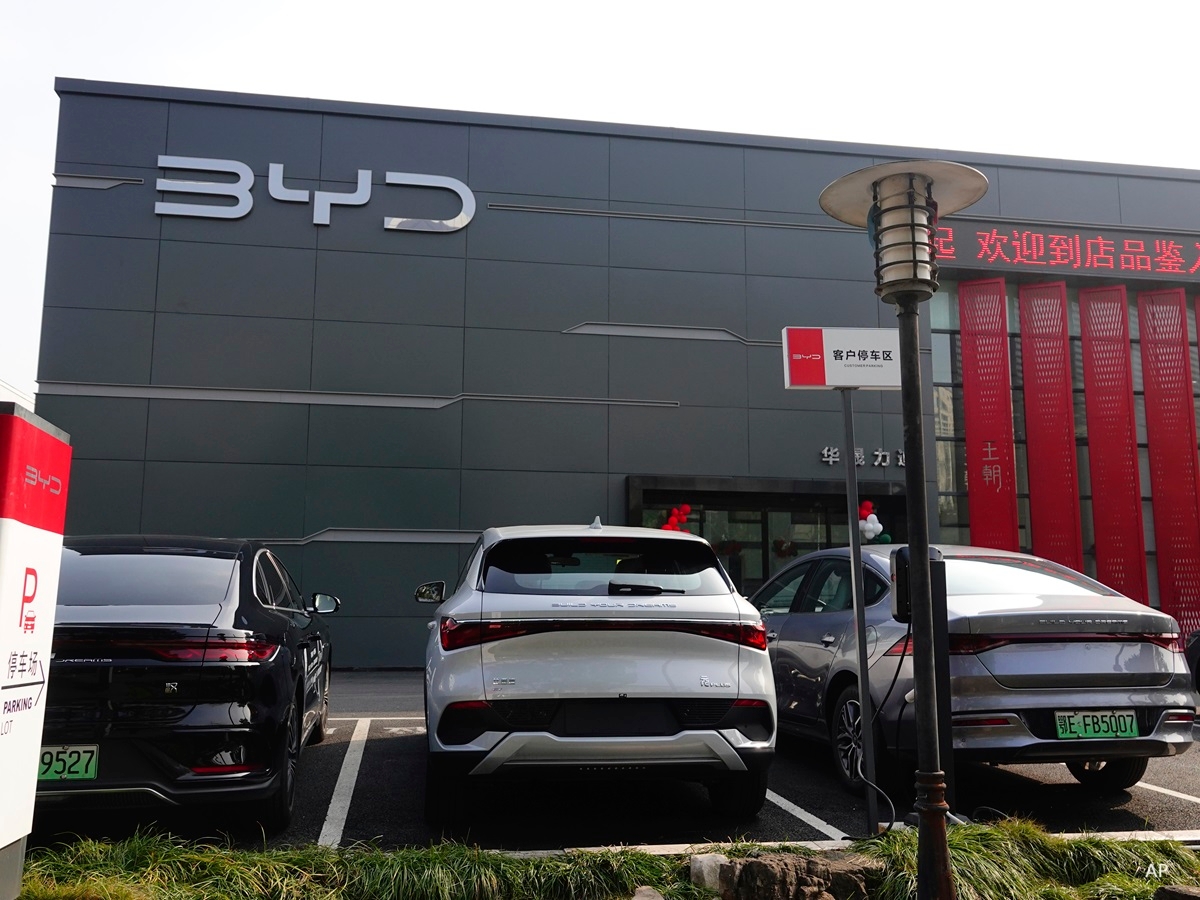
Venture Capital investors in China feel stuck. Stock market turbulence, macroeconomic headwinds amid rolling lockdowns, and audit impasse between China and the U.S. have all contributed to a subdued first half for initial public offering (IPO) activity, one of the more lucrative gateways for private investors to exit their venture capital deals in the region.
“This is a critical gap given that public listings have accounted for 95% or more of the total exit value since 2019, as investors increasingly rely on liquidity from public markets to drive returns,” says Cameron Stanfill, senior analyst at Pitchbook, a Morningstar company.
Companies exiting via IPO have historically received higher valuations than those exiting via acquisitions, partly because IPOs are more liquid, making them a preferred exit strategy.
Data shows that the region records a total of US$ 40.6 billion in exit value across 64 exits in the first half of 2022. Analysts predicts that it will likely result in full-year 2022 showing a significant year-on-year decline relative to 2021. In terms of IPO exits, the first half records 38 exits, down from 65 from a year back. Exit value also slumped to US$ 39.8 billion from value exceeding US$ 130 billion in 2021.
“This year-over-year slowdown was more or less expected, as the drought of IPOs has only worsened since the start of 2022 in response to increased volatility and a global repricing of growth equities,” adds Stanfill.
The lacklustre IPO market has a lot to do with policies. On the one hand, the Chinese government announced its plan to limit listings of companies headquartered in China on foreign exchanges. On the other hand, the concerns related to the Holding Foreign Companies Accountable Act in the U.S. (and the potential for delisting) are still prevalent. Though the two superpowers have initiated a dialogue to gradually open for on-the-ground inspections by the U.S., implementation details have yet to come out from the agreement. These uncertainties have pushed VC-backed companies to reconsider their IPOs.
Foreign Investors Choose to Stay Put
Investors from abroad used to be a mainstay for China’s venture capital scene. In 2021, about one in five VC deals included an investor from outside of China, which PitchBook defines as covering the territories of Hong Kong, Macau and Taiwan.
Deal count with non-Chinese investor participation slid to 367, compared with a full-year figure of 955 in 2021. Analysts think this is “well off the pace of recent years”.
Stanfill continues: “While this isn’t a complete barrier to exits, many of the country’s largest exits were via public listing onto foreign markets, and the intervention by the government has likely made investors based outside China think twice about investing into the country.”
Fundraising Value Slumps, Too
Pitchbook analysts spots that the IPO activities have slowed down for Greater China since the third quarter of 2021. Through the end June, the slowdown lasts for a full 12 months. Fundraising activity is another part of a venture capital cycle that slowed.
“We have also seen a slowdown in fundraising activity during the first half of 2022. While that decline isn’t fully driven by the lack of IPOs since that will take time to flow through venture capital fund returns, the current portfolio markdowns and uncertainty are likely key considerations for limited partners when evaluating new allocations to venture capital investments,” Stanfill says.
The venture capital market gauges deals worth US $100 million or greater as a growth bellwether. Over the period, only 56 mega-rounds have closed in the region, well below the 356 in the U.S., and on a slower pace than 2021, when a record 261 mega-deals closed in Greater China.
“Fundraising activity remains somewhat tepid. Following another year of decreased fundraising activity, the region’s dry powder figure has fallen significantly since its high of US$ 188.0 billion in 2018. The figure now is just US$ 122.7 billion, causing some concern about long-term capital availability, especially if foreign capital is increasingly discouraged from entering the market,” Stanfill says.
What Will it Take for IPOs to Come Back?
For IPO activities to return, the first step is to help restore investor confidence in taking more risk. For this to happen, improvements in the macroeconomy will be the key, especially as the country is still dealing with strict policies and zero-COVID measures. Thus, this recovery will take time.
“Changes in public market performance and the willingness of public market investors to undertake risk will be key indicators of a potential turn around in IPO volume; however, there may be a few more quiet quarters before that is possible,” adds Stanfill.












.png)



.jpg)





